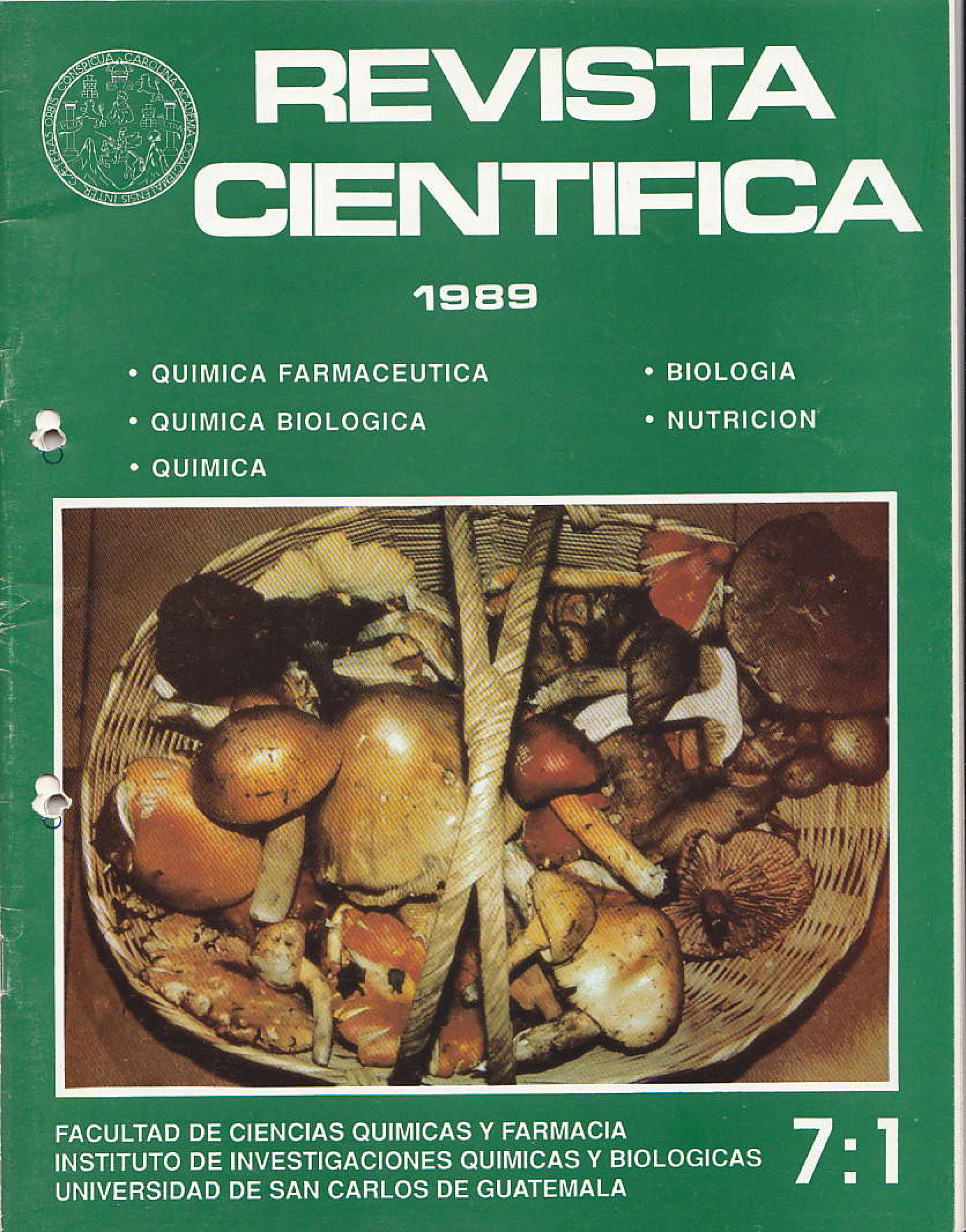Genetic selection of the common honeybee (Apis mellifera) with emphasis on the problem of Africanization
DOI:
https://doi.org/10.54495/Rev.Cientifica.v7i1.432Keywords:
genetic selection, common honeybee (Apis mellifera), problem, AfricanizationAbstract
Aside from the aggressiveness that has become so popular, when it comes to the Africanized honey bee, it has other characteristics that are largely responsible for this variety's superior adaptation to tropical climates. Some of these are: 1) Its flight speed is faster than that of the common honey bee. As a result, the Africanized honey bee has an advantage in mating flights, thus spreading its germplasm more efficiently. 2) It detects sugars at lower concentrations than the common honey bee. This results in well-nourished colonies (capable of reproducing) even in times and places where the common honey bee is hungry (if not dying, at least not reproducing), since the Africanized honey bee can take advantage of more diluted nectar sources (due to rain, etc.) that the common honey bee cannot detect. 3) Its working hours are longer. This represents a serious disadvantage for the common honey bee if the quantity of flowers is a limiting factor. 4) It is not bothered by light rain when working, but the common honey bee is bothered by it, to the point that it does not go out to work. It migrates when it doesn't like the nest; the common honey bee usually dies before leaving its colony site. The reason an Africanized swarm abandons its colony can be caused by factors such as rough or smoky handling, the presence of ants or other pests, heat, noise, vibrations, etc... 5) Its aggressiveness deters countless natural enemies of the bee. In short, the Africanized honey bee has a significant advantage over the common honey bee in the fight for survival. For this reason, we cannot classify the characteristics of the Africanized honey bee as unspecified defects; "defects for whom?" For most Africanized honey bees, they are definitely advantages.
Downloads
References
-
Downloads
Published
How to Cite
Issue
Section
License
Copyright (c) 2025 Pedro Liska

This work is licensed under a Creative Commons Attribution 4.0 International License.
Authors who publish with this journal agree to the following terms:
- Authors retain copyright and grant the journal right of first publication with the work simultaneously licensed under a Creative Commons Attribution License 4.0 that allows others to share the work with an acknowledgement of the work's authorship and initial publication in this journal.
- Authors are able to enter into separate, additional contractual arrangements for the non-exclusive distribution of the journal's published version of the work (e.g., post it to an institutional repository or publish it in a book), with an acknowledgement of its initial publication in this journal.
- Authors are permitted and encouraged to post their work online (e.g., in institutional repositories or on their website) prior to and during the submission process, as it can lead to productive exchanges, as well as earlier and greater citation of published work.









